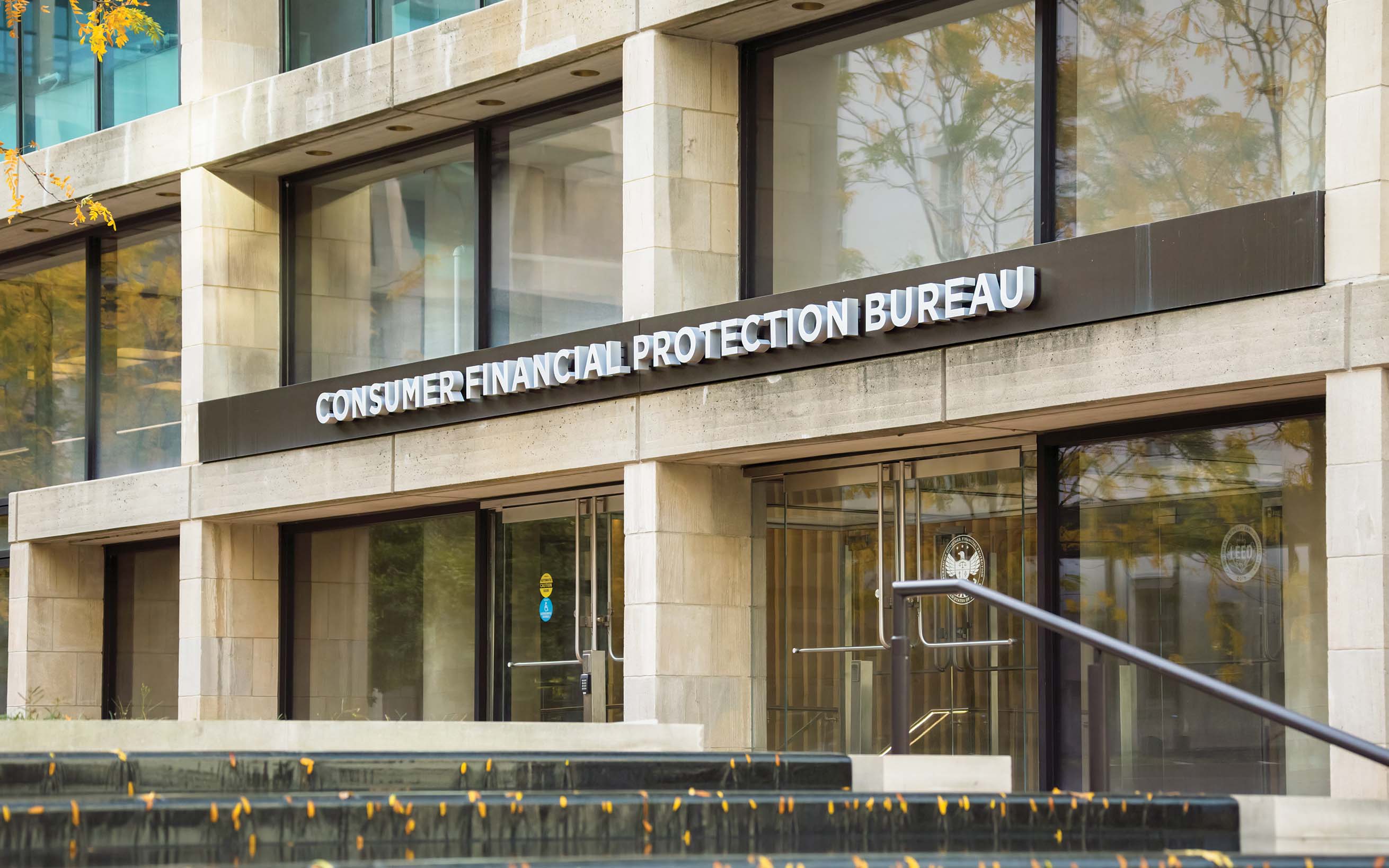A new branch can present new opportunities for community banks—if you plan thoroughly and calculate the risk involved.
6 Things to Consider Before Opening a New Branch
August 06, 2024 / By Cheryl Winokur Munk
A new branch can present new opportunities for community banks—if you plan thoroughly and calculate the risk involved.
When it comes to opening branches, community banks face several risks, but there can also be many rewards in terms of growth. Finding a happy medium is the challenge.
Some community banks have opted to remodel existing branches to drive new relationships, but for those looking to significantly expand within their current market or a new one, opening a new branch offers more growth potential. This is true despite the widespread availability of online and mobile banking, community bankers say.
“A community and its customers need a bank to go to, if they so choose,” says Brad M. Bolton, president and chief executive of $200 million-asset Community Spirit Bank in Red Bay, Ala., which is in the process of building a new branch in Fulton, Miss.
Opening a new branch is not without risks, however. Here are six areas community banks should focus on when considering expanding their footprint.
1. Weigh the potential rewards
A good starting place is to determine why the bank wants to expand. Can the community bank accomplish its growth goals within its existing branch network, or would expanding bring faster and more sustainable growth long-term?
Banks that choose to expand often do so because they want to enter new, complementary markets as a growth play, even if they are offering the same products and services as before.
Brentwood Bank in Bethel Park, Pa., opened a branch last year in Wexford after noticing an uptick in customers moving to that area, according to Thomas Bailey, president and chief executive of the $980 million-asset community bank.
2. Pore over the financials
Opening a new branch generally means a large capital outlay, and today’s high construction costs make the stakes even higher.
It usually takes two to three years on average for a branch to reach a break-even point, says Scott McComb, president, chairman and chief executive of $1.9 billion-asset Heartland Bank in Whitehall, Ohio, which has opened multiple branches in the last decade or so.
To be profitable, a branch, generally speaking, needs to have $30 million or more in deposits. “Community banks can’t just plop a number of branches somewhere and wait for them to be profitable,” McComb says. “They have to use their capital wisely.”
3. Choose your location prudently
Community banks should look for a market that isn’t overbanked or that is underserved by the banks in the market, says Robert M. Fisher, president and chief executive of Tioga State Bank, N.A., in Spencer, N.Y. They should also aim to set up shop in a place where there’s likely to be significant foot or car traffic, or both.
The $565 million-asset community bank is building a branch in Johnson City, N.Y., next to a major grocery store and across the street from an older mall that is being brought back to life with medical facilities, eateries, a wholesale club and other shopping options, Fisher says.
Heartland Bank has tended to look for well-defined communities that have their own chamber of commerce, local government and school system, McComb says. He adds that community banks should also use FDIC data to assess the opportunity for deposit-gathering, which can be more plentiful in lower- to middle-income areas, where people tend to use bank branches more.
Community banks could also consider building a branch in a town experiencing significant population growth to take advantage of the potential for deposit growth, which is a tactic big banks often take, he says.
Ease of access is also important. “You don’t want to be on the left-hand side of the road when you can’t make a left turn,” says Bailey.
4. Consider a trial run
Big Stat
50K
The approximate number of U.S. community bank locations
Source: ICBA
Two years ago, Community Spirit Bank opened a loan production office in Fulton, Miss., about 25 miles from its main office, and later transitioned it to a full-service branch.
Renting the location allowed the bank to get its feet wet in the community until it could identify a more ideal spot in town, where it’s building now. The new building will be more accessible to customers and allows for a drive-through option.
“We were diligent in looking at the lot we wanted that would be good for the bank for the next 50 years,” Bolton says.
5. Focus on staffing
Staffing the branch appropriately is critical to winning new loans and deposits, bankers say. Community Spirit Bank, for instance, chose to recruit one of the top-performing local loan officers, so that loans—and, eventually, deposits—would follow.
“People bank with people, not a bank,” Bolton says. “That’s the key to success.”
6. Plan for unknowns
There will always be unknowns with any project, so community banks have to be sure to plan accordingly. Fisher says Tioga State Bank’s Johnson City construction project hit some snags early on, including an unknown drywall on the property and a buried tank that needed to be removed. Luckily, the community bank had set enough aside to cover unexpected expenses.
“We had a contingency pool in the construction budget that has been able to handle these surprises,” he says.
Subscribe now
Sign up for the Independent Banker newsletter to receive twice-monthly emails about new issues and must-read content you might have missed.
Sponsored Content
Featured Webinars
Join ICBA Community
Interested in discussing this and other topics? Network with and learn from your peers with the app designed for community bankers.
Subscribe Today
Sign up for Independent Banker eNews to receive twice-monthly emails that alert you when a new issue drops and highlight must-read content you might have missed.
News Watch Today

Join the Conversation with ICBA Community
ICBA Community is an online platform led by community bankers to foster connections, collaborations, and discussions on industry news, best practices, and regulations, while promoting networking, mentorship, and member feedback to guide future initiatives.













